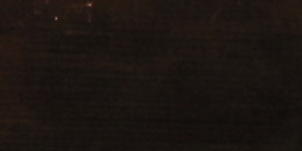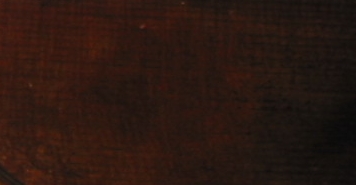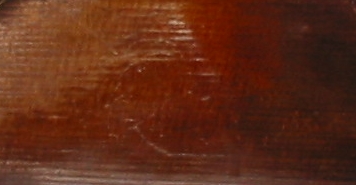defended in 2008.
[download]
----
Title:
Geste instrumental du violoniste en situation de jeu : analyse et modélisation.
Violin player instrumental gesture: analysis and modelling.
Advisors:
René Caussé and Frédéric Bevilacqua.
Affiliation:
Université Pierre et Marie Curie (UPMC), Paris VI.
Interactions Musicales Temps-Réel (IMTR), IRCAM.
Jury:
Marcelo Wanderley, Rapporteur.
Marc Leman, Rapporteur.
Sylvie Gibet, Examinateur.
Benoît Fabre, Examinateur.
Frédéric Bevilacqua, Directeur de thèse.
René Caussé, Directeur de thèse.
Field:
Acoustics, Signal Processing and Computer Science applied to Music (ATIAM).
Keywords:
gesture analysis, movement, bowed string instruments, gesture modelling, playing techniques, music performance
Abstract:
The computer music community is showing a growing interest in the possibilities to involve the body movements of an interpret in the performance of electronic or mixed music. With the introduction of musician gestures between a computer and computer-generated sounds, researchers tend to artificially recreate the essential links between a musician and his/her instrument. In this context, the study of acoustic instruments and performers' gestures used to control acoustic sounds can bring valuable understanding for electronic music performance.
This thesis studies such a control in the case of bowed strings, using a framework defined by the instrument's acoustic constraints and the player's biomechanical constraints. Results are presented in four articles. Papers I and III propose to explore various strategies used by players in different contexts involving several bowing techniques, tempos and nuances. Paper II defines the analysis units on transitions between bow strokes. From a more detailed view on bowing techniques with the production of different articulation qualities, this article underlines that control on transitions is a constitutive part of bow mastery. Paper IV evidences anticipatory behaviours and « gesture coarticulation » in the performance of bowing techniques, using movement models inspired from biomechanical works.
Application of the results to music creation is also presented.
----
This research work has been used in BogenLied, a music piece for augmented violin and electronics, composed by Florence Baschet.

Nicolas Rasamimanana








